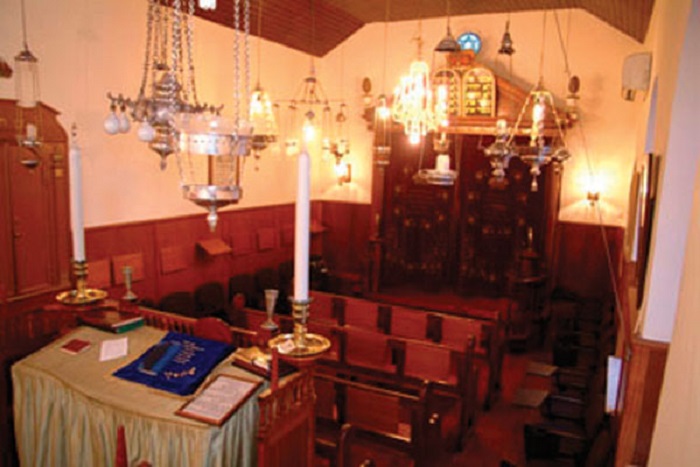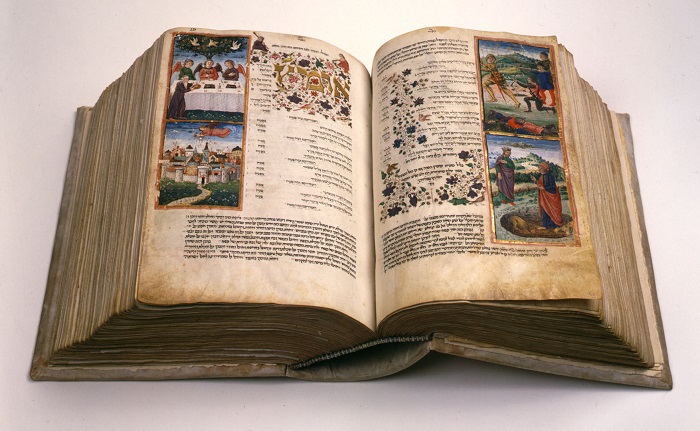ENGLISH CORNER, CON LINDA JIMÉNEZ – This week’s trivia question: How many names and dates of people who perished in Mauthausen are now known?
Centro Sefarad-Israel, together with the Secretaría de Estado de Memoria Democrática (Spanish Secretary of State for Democratic Memory) has organized an extensive exhibition about the Mauthausen concentration camp.Mauthausen: Memorias Compartidas (“Shared Memories”) was developed with the collaboration of the Madrid city and regional governments and the support of the embassies of Germany and Poland, the Cultural Forum of Austria, the Spanish Ministry of Foreign Affairs, the European Union and the Spanish organization Amical de Mauthausen y otros campos.
Admission is free and the exhibiton will be open until June 17.
Mauthausen is a small town in Austria, about 100 miles or 165 kilometers, west of Vienna on the Danube River. Between 1938 and its liberation in 1945 it was the site of a major Nazi concentration camp. Shortly after the war a museum was established there, and it has developed into an important memorial, which now includes smaller memorials at the nearby Gusen and other satellite camps, as well as an extensive database, which can be consulted online.
In this program we are speaking with Dr. Christian Dürr, Curator of the Mauthausen Memorial, about its history and how it has evolved since it was first opened in 1949.




